1. Victory Meatloaf
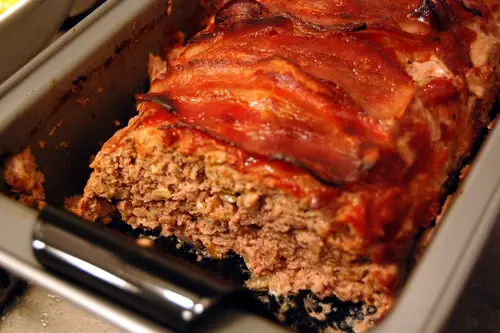
Victory meatloaf was a clever invention during World War II when meat shortages required families to get creative with their ingredients. It combined ground meat with filler ingredients like oatmeal or breadcrumbs, stretching the meat supply while still providing a hearty meal. This dish was praised for its versatility, as home cooks could use whatever they had on hand to make it their own.
Though it might sound basic, the flavor was surprisingly satisfying. The addition of ingredients like onions, eggs, and seasonings helped elevate the dish, making it a comforting meal that could feed an entire family on a budget. It was easy to make in large batches, which made it ideal for busy wartime households.
2. Spam Casserole
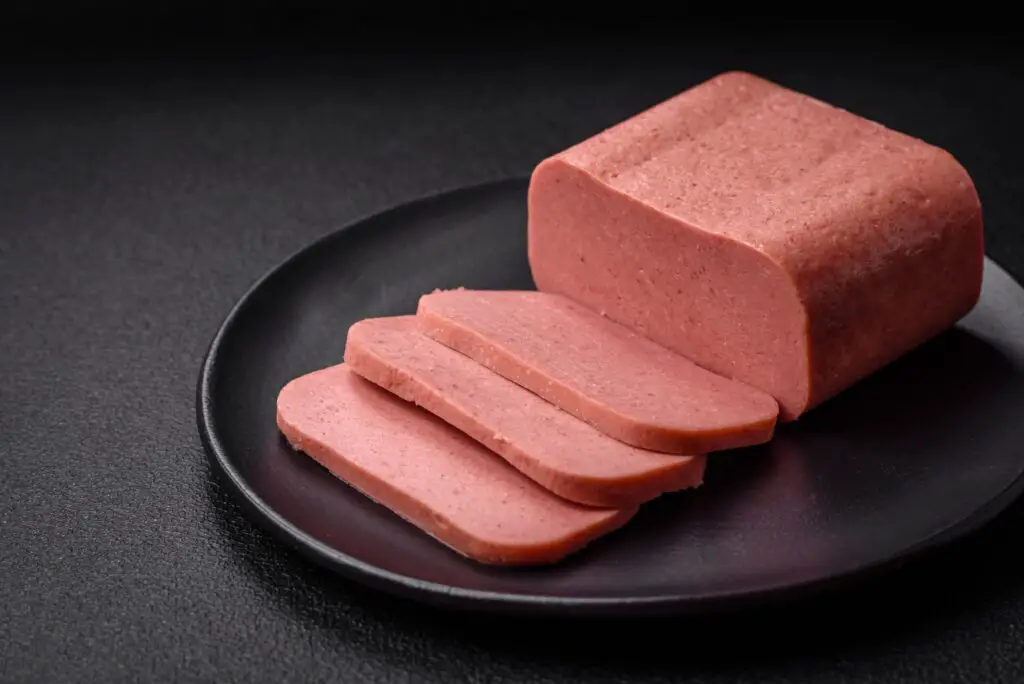
Spam, a canned meat product, became an American staple during World War II because of its long shelf life and affordability. Spam casserole was a dish that made the most of this wartime meat by pairing it with potatoes, cheese, and a creamy sauce. While Spam might not be everyone’s first choice today, it was considered a hearty, convenient meal during the war.
The casserole’s rich flavor was offset by the potatoes and creamy sauce, which helped make the dish more palatable. It was a comfort food that provided much-needed nutrition during a time when fresh ingredients were scarce. Many families still hold fond memories of this casserole, even though it’s often considered a relic of wartime cooking.
3. Peanut Butter Soup
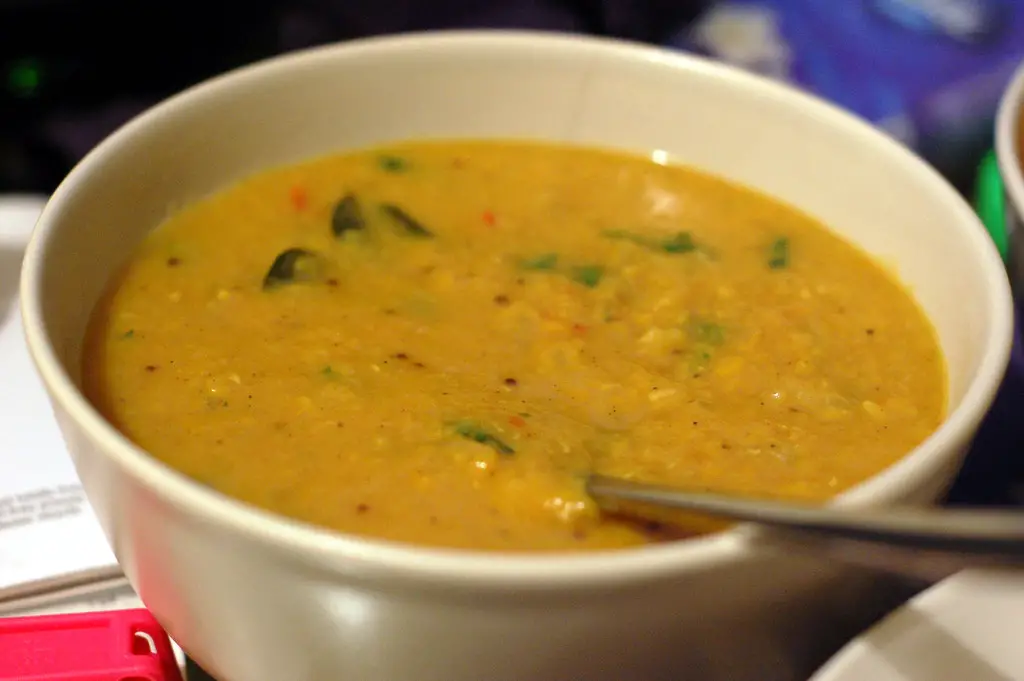
Peanut butter soup was an unusual but surprisingly popular dish during the war. With limited access to fresh meat, many households turned to peanut butter as a protein-rich substitute. This simple soup combined peanut butter with broth, vegetables, and spices, creating a hearty and nutritious meal.
The creamy texture of the peanut butter made the soup rich and filling, while the spices added a comforting depth of flavor. Though it may seem odd today, peanut butter soup was a practical and cost-effective way to feed families during a time of rationing. For many, it became a nostalgic favorite that is still enjoyed by some today.
4. Carrot Marmalade

With sugar in short supply, wartime cooks had to find alternatives for their sweet spreads. Carrot marmalade, made by cooking carrots with sugar substitutes, became a popular choice during the war. The carrots were boiled down into a sweet, sticky marmalade that could be spread on bread or used as a topping for desserts.
The flavor of carrot marmalade was uniquely sweet and tangy, offering a satisfying spread for wartime breakfasts or snacks. While it may seem strange to use carrots in a sweet preserve, the marmalade was a clever way to make use of available ingredients and add some sweetness to an otherwise austere diet.
5. Mock Apple Pie
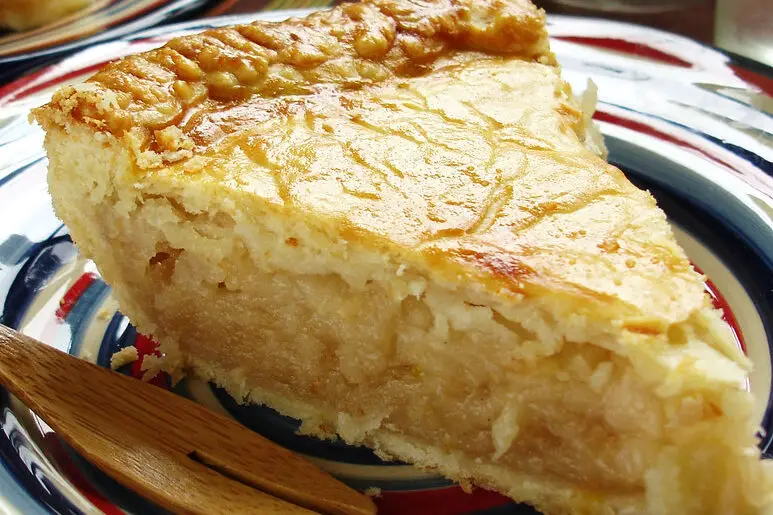
Mock apple pie is a creative recipe that substituted apples with Ritz crackers during the war. With apples in short supply, cooks needed a way to recreate the classic apple pie flavor using more accessible ingredients. The pie was made by layering crushed crackers with sugar, cinnamon, and lemon juice, then baking it just like a traditional apple pie.
Surprisingly, the flavor was strikingly close to that of a real apple pie, thanks to the lemon and spice combination. The crackers took on a soft, apple-like texture when baked, making it an inventive way to satisfy a craving for pie without the usual ingredients. Despite its humble origins, mock apple pie became a wartime favorite for many households.
6. Potato Pastry
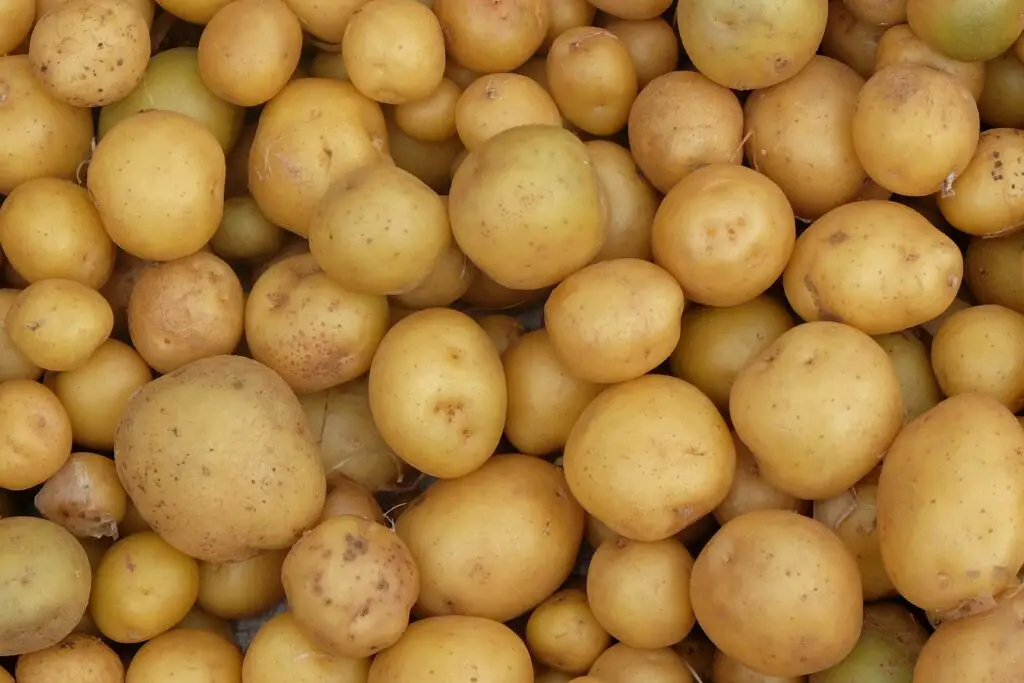
Potato pastry was a practical recipe that used mashed potatoes in place of flour to create a dough-like pastry. During the war, flour was rationed, and many families found clever ways to work around this shortage. This pastry was made by combining mashed potatoes with a small amount of flour and then using the dough to make savory pies or pastries.
The result was a surprisingly tender pastry with a mild, comforting flavor. The potatoes helped to create a light, flaky texture, even without the typical amount of flour. This dish was perfect for those who needed to stretch their food supply without sacrificing flavor or texture.
7. Ketchup Soup
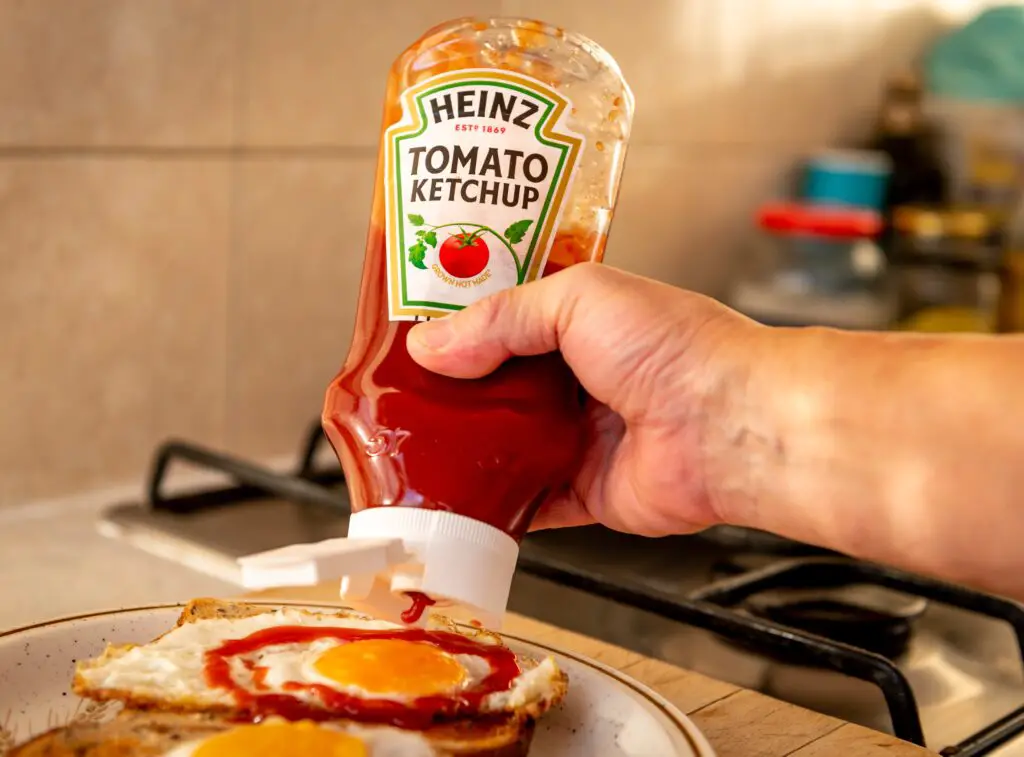
During World War II, tomatoes were readily available, and ketchup became a go-to ingredient for making soups and sauces. Ketchup soup was made by simply mixing ketchup with water or broth, along with spices and a bit of sugar. The result was a tangy, flavorful soup that was served as a quick meal.
While it may sound strange today, ketchup soup was an easy and inexpensive way to fill bellies during a time of scarcity. The acidity of the ketchup combined with the sweetness of the sugar and the depth of the spices made for a surprisingly satisfying soup. It was a dish that required little preparation but offered a comforting, familiar taste.
8. Eggless Cake
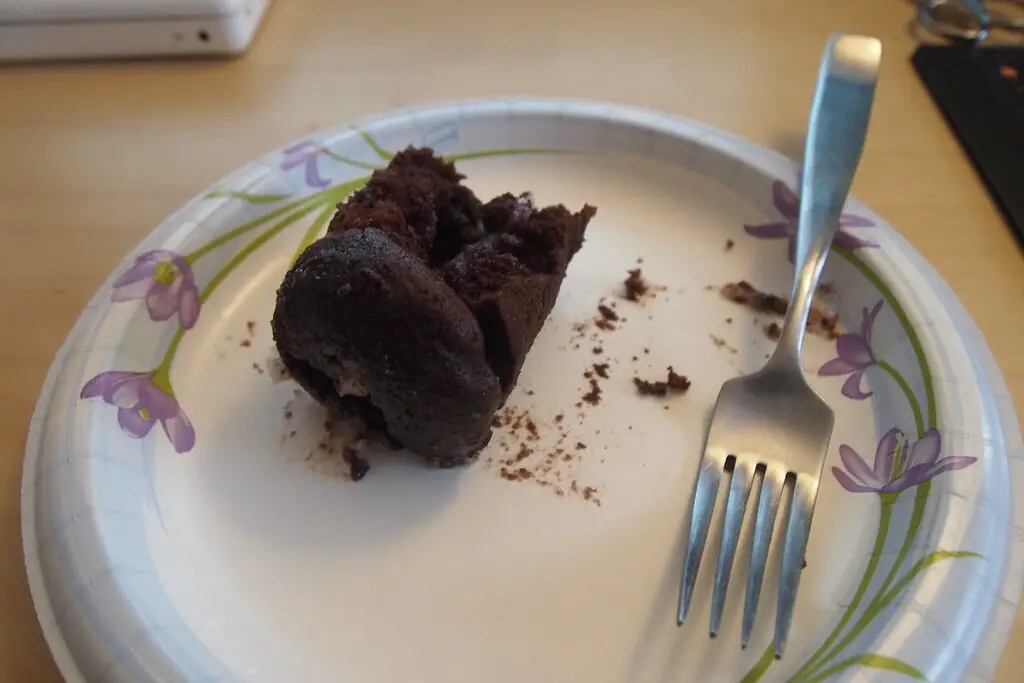
Eggless cakes were a necessity during wartime, as eggs were often rationed. This cake used alternatives like baking soda and vinegar to provide the necessary rise and fluffiness. The batter was often flavored with vanilla, cocoa, or spices, and the result was a surprisingly light, airy cake that could be enjoyed by anyone, even those who were avoiding eggs due to rationing.
Though eggless cakes were born out of necessity, many people still remember them fondly for their moist texture and sweet taste. It was a perfect dessert for birthdays or special occasions when eggs were in short supply, and it provided a small but meaningful indulgence during difficult times.
9. Victory Garden Stew
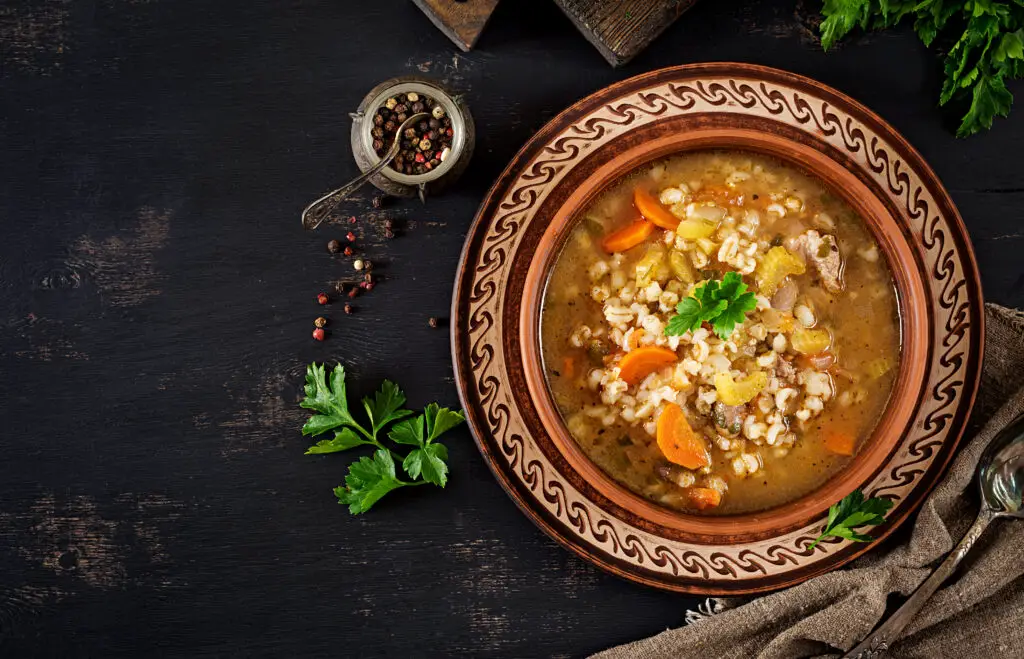
Victory gardens were a common practice during the war, with families growing their own vegetables to help ease the pressure on food supplies. Victory garden stew made the most of whatever vegetables were in season, and it often included beans, carrots, potatoes, and onions. This hearty stew was a way to use up surplus vegetables while still creating a satisfying meal.
The stew was simple but flavorful, with the vegetables simmered together in a broth to create a rich, comforting dish. It was a practical and nutritious way to feed a family, and the stew could easily be adjusted based on what ingredients were available. For many, it became a go-to recipe that was both frugal and filling.
10. Mock Duck
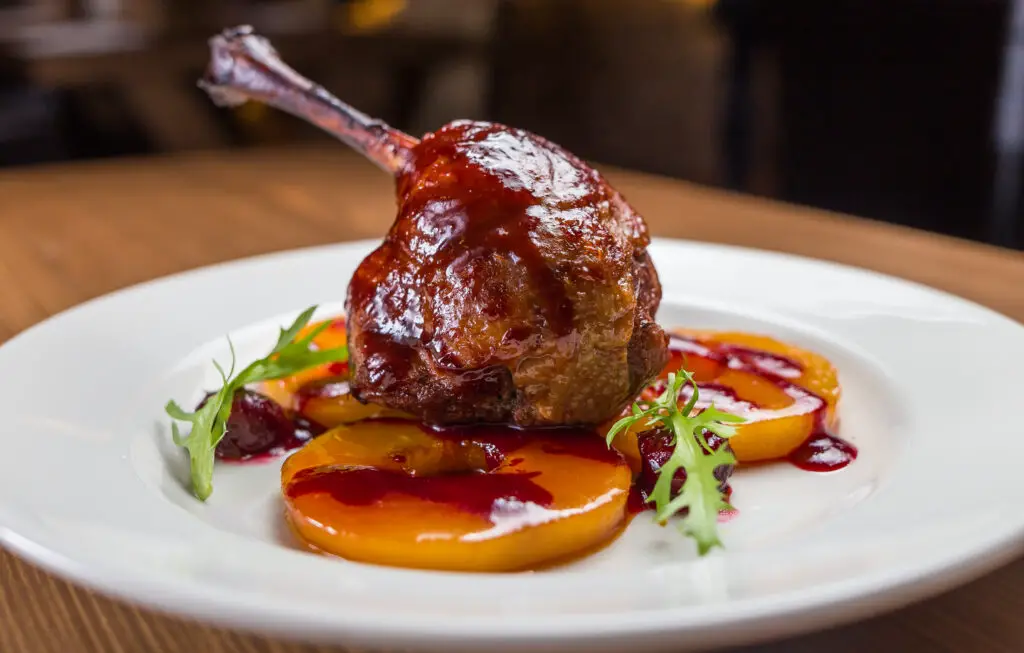
Mock duck was a popular alternative to real meat, especially for vegetarians or those struggling to find enough protein during the war. It was typically made from seitan, a wheat-based protein, which was flavored with soy sauce, spices, and vegetables to create a savory, “meaty” dish. The result was a meat substitute that resembled duck in texture and flavor.
Though it may not have tasted exactly like real duck, mock duck was a satisfying option for those on tight food budgets. It was versatile and could be used in a variety of dishes, from stews to sandwiches. During the war, it became a crucial part of many families’ meal plans, providing much-needed protein without the expense of actual meat.
11. Wacky Cake

Wacky cake, also known as depression cake, was an eggless, dairy-free cake that was created during the war when both eggs and milk were scarce. The cake used simple ingredients like flour, sugar, cocoa, and vinegar, which were mixed directly in the baking pan and then baked. This method made the cake incredibly easy to prepare and required little equipment.
The cake had a rich, chocolatey flavor and a moist texture, thanks to the combination of vinegar and baking soda. Despite its humble ingredients, wacky cake became a beloved treat, especially during times when dessert was a rare luxury. It was an ingenious solution to wartime shortages, offering a sweet indulgence without the need for scarce ingredients.
12. Butterscotch Pudding
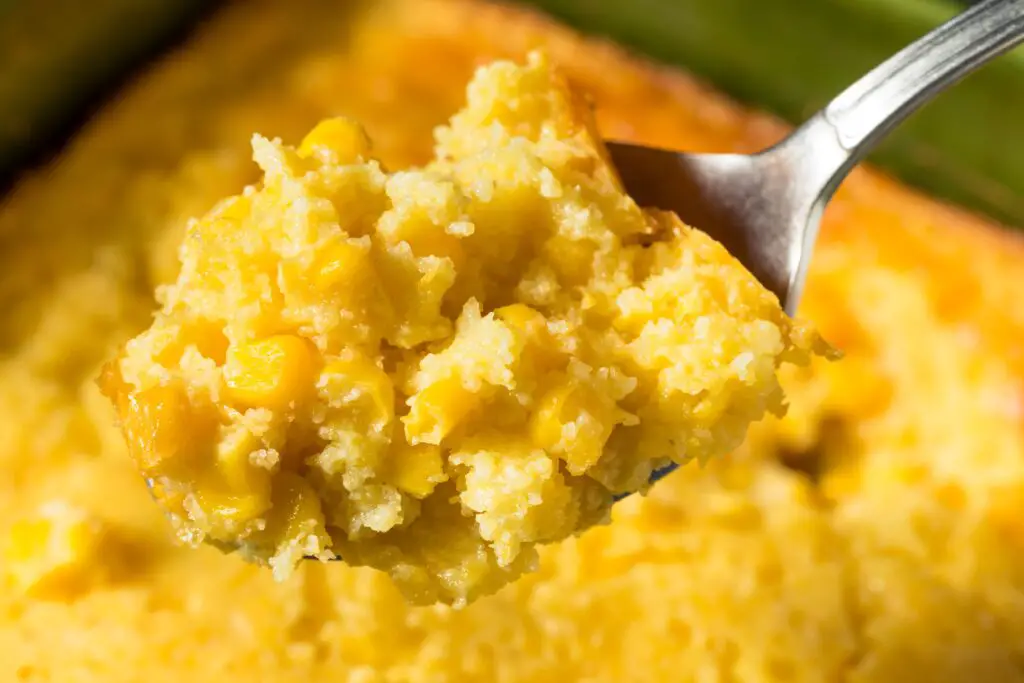
Butterscotch pudding was a favorite dessert during the war, as it relied on simple pantry staples like brown sugar, cornstarch, and butter. The pudding was made by simmering the ingredients together to create a creamy, comforting dessert that could be enjoyed after meals. The rich flavor of butterscotch combined with the creamy texture made it a satisfying end to any dinner.
Despite being made with basic ingredients, butterscotch pudding was considered a real treat during the war. Its sweetness and smooth texture provided a comforting sense of normalcy during uncertain times, and it continues to be a favorite dessert for many today.
